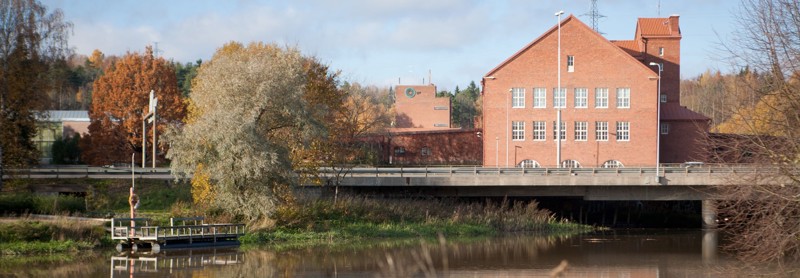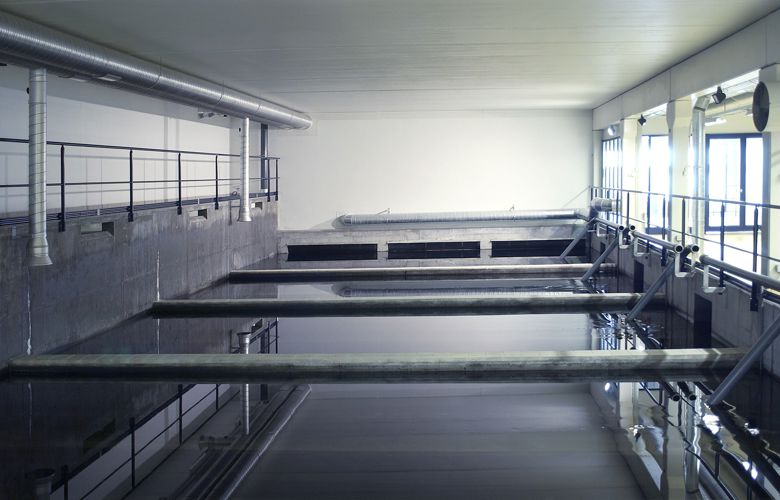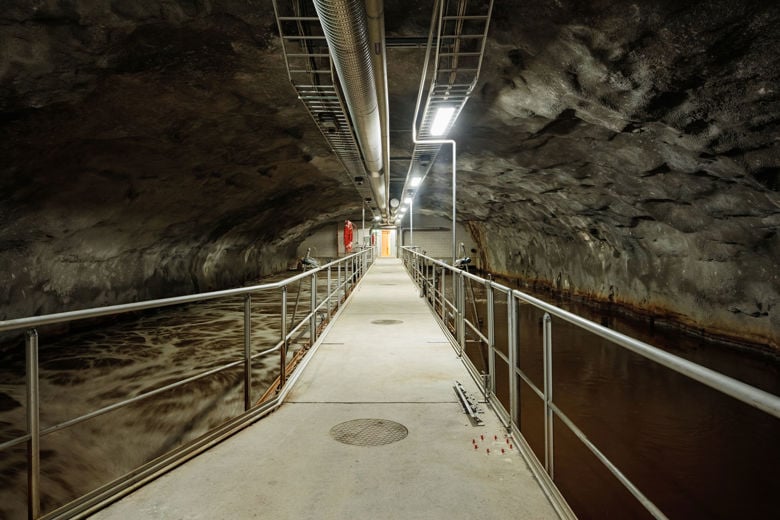How the water supply works
We supply high-quality drinking water to more than one million residents in the Helsinki metropolitan area. We effectively treat the wastewater from city residents and industry as well as build and renovate the water supply and sewer network.

Our service area
The water supply service area is the area in which the water utility provides water supply services. In this area, we supply the properties with clean water and take care of the removal and treatment of wastewater.
The stormwater sewerage area includes the areas with our stormwater sewers. In these areas, we lead rain water, snow melt, and drainage water from the foundations of buildings in stormwater sewers to be discharged safely into water bodies.
Water supply service area ,
Stormwater sewerage area,
HSY produces supply water for residents in the Helsinki metropolitan area at two surface water treatment plants: Pitkäkoski and Vanhakaupunki in Helsinki. In addition, a small number of Vantaa residents receive their supply water from the Kuninkaanlähde groundwater intake plant.
The raw water of the Pitkäkoski and Vanhakaupunki water treatment plants comes from Lake Päijänne in Central Finland, along a 120-kilometre long rock tunnel. At the water treatment plants, raw water is treated to become supply water and then led to the water supply network.
The total length of the water supply network in the Helsinki metropolitan area is approximately 3,000 kilometres. Of that, about 300 kilometres are water mains that carry water to water towers and major consumption centres. The main lines branch into distribution lines, and properties connect to these via their own lot water pipes.
The purpose of water towers is to maintain as even a pressure as possible and to store water for consumption peaks, enabling steadier pumping from water treatment plants to the network. In addition, their water supplies are available in the event of disturbances.
Residents and companies in the Helsinki metropolitan area generate approximately 130 million cubic metres of wastewater per year. The wastewater is led through the sewer network to a treatment plant for processing prior to being returned to water bodies.
There are two sewerage systems in use in the Helsinki metropolitan area. Separate sewerage is used in Espoo, Vantaa and Kauniainen, as well as outside downtown Helsinki. In these areas, only wastewater is led to a wastewater treatment plant in a sewer while stormwater is discharged into the nearest water body.
Downtown Helsinki is mainly a combined sewerage area where both wastewater and stormwater are led to the Viikinmäki wastewater treatment plant in the same sewer. The combined sewerage area is being gradually separated in connection with network renovations in cooperation with the city.
HSY’s two wastewater treatment plants, Viikinmäki in Helsinki and Blominmäki in Espoo, are responsible for the processing of wastewater in the Helsinki metropolitan area.
Mechanical, chemical, and biological methods are required for wastewater treatment. They are used to remove debris and most of the organic matter, nitrogen and phosphorus from the wastewater. Sludge and biogas are generated as by-products of wastewater treatment. The sludge is further processed into soil and the gas is utilised as a source of energy. The treated wastewater is led into the open sea in a tunnel.
In addition to wastewater generated in households’ everyday use, industrial wastewater and other non-domestic wastewater are also discharged into sewers. Discharging these into the sewer is subject to licence and requires an industrial wastewater contract.
Wastewater treatment is an important part of the protection of coastal waters and the Baltic Sea, as the wastewater to be treated is rich in phosphorus and nitrogen nutrients that would cause severe eutrophication if discharged directly into the sea.
Restrictions have been placed on wastewater treatment in both EU directives and national legislation. In addition, wastewater treatment plants are required to comply with the plant-specific environmental permits issued to them, the implementation of which is monitored by the Uusimaa ELY Centre.
Viikinmäki wastewater treatment plant
The Viikinmäki wastewater treatment plant located in Helsinki is the largest treatment plant in Finland and the Nordic countries. The wastewater of approximately 860,000 residents from not only Helsinki, but also the central and eastern parts of Vantaa, Kerava, Tuusula, Järvenpää, and Sipoo are processed at the Viikinmäki rock treatment plant.
Blominmäki wastewater treatment plant
The wastewater treatment plant in Blominmäki, Espoo, is the second largest treatment plant in Finland. The Blominmäki rock treatment plant treats wastewater from Espoo and Kauniainen, Kirkkonummi, Siuntio and West Vantaa, i.e. waste water for about 400,000 inhabitants.


